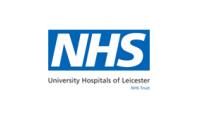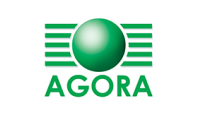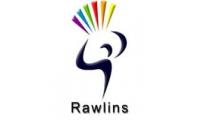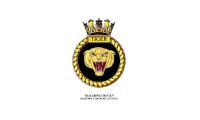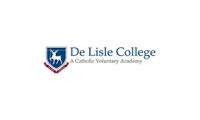- Notifying East Midlands Ambulance Service (Sue Howcroft sue.howcroft@emas.nhs.uk) of the existence and location of the Defib. This is important for two reasons: if a 999 call is made from the Cricket Club re a suspected cardiac arrest, [even though the AED is not currently a Public Access AED in a Cabinet outside] the Ambulance Service, assuming they have been informed about the Defib, will advice to get it, where it is located etc. Secondly, by registering the Defib with EMAS, users of the Defib are then automatically covered by NHSLA insurance. The information required by EMAS is shown on the attached Excel form.
- It is important that someone is nominated as responsible for the AED (the Coordinator) and that someone checks the AED on a regular basis – ie probably weekly. This is a 1 minute task, and it is recommended that they document this check. A sample form is attached. I don't know what make and model of AED the Cricket Club have purchased, but the attached is specific to the Lifepak CR Plus AED. A revised sheet can easily be produced for other AEDs.
- Signage: It is, of course, useful to have the location of the Defib signed. I have some signs – the Cricket Club would be more than welcome to have one (or more).
- Insurance: As mentioned above, user insurance is taken care of by EMAS, but the Cricket Club Insurers may well need to notify their insurers that they now have a Defib (value approaching £1000), in case of theft, damage etc.
- Although a Club environment, the AED needs to be incorporated into Club safety procedures, particularly First Aid arrangements, safety plan for dealing with a cardiac emergency, including periodic refresher appreciation of the AED and for new club members.
Post Installation Actions
For the latest in news and events from JHMT, please see our social media below.
The Joe Humphries Memorial Trust Reg. Charity No. 1152647
Website by Cuttlefish
